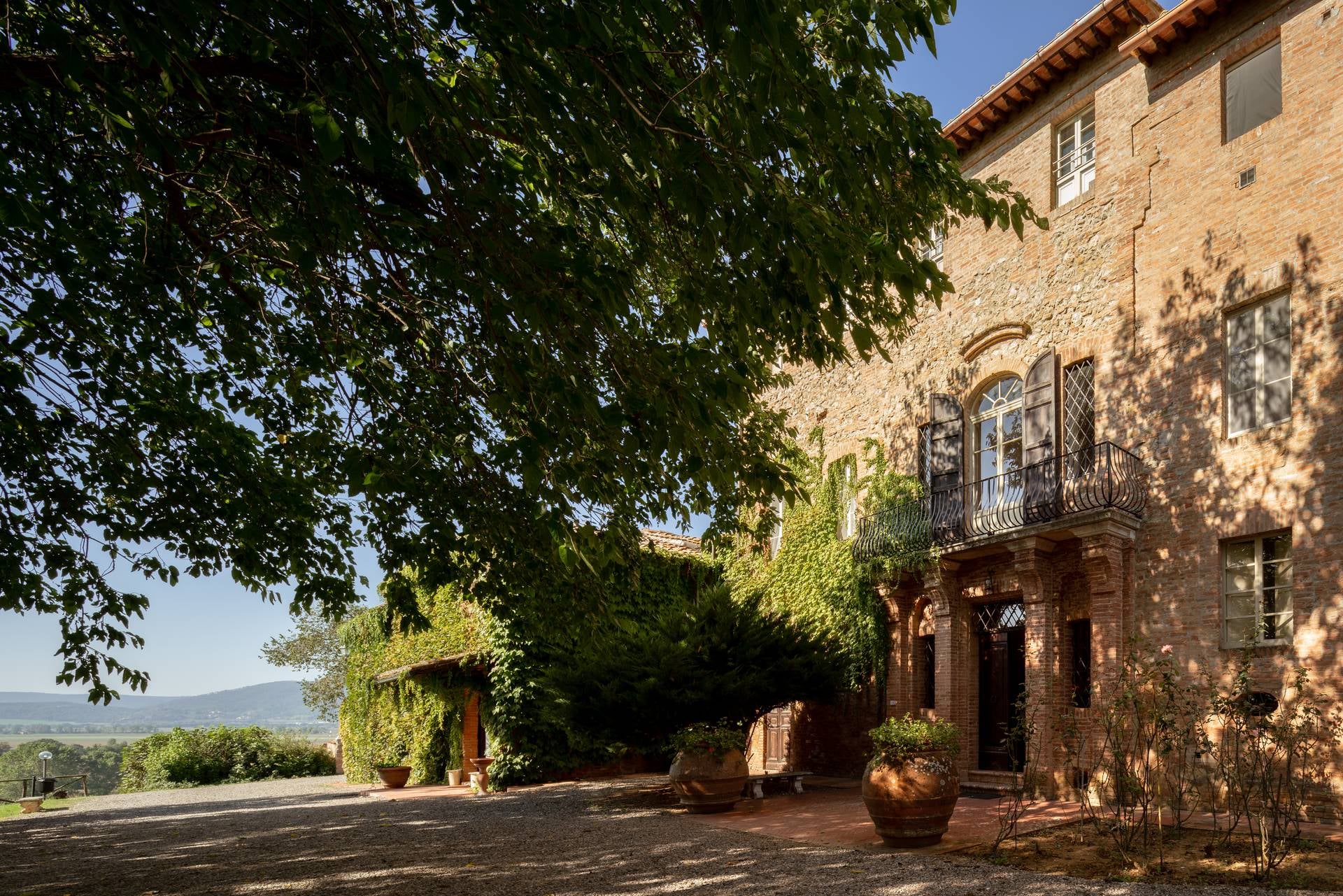
History
From ancient dwelling to historic Albergo Diffuso
San Lorenzo a Linari is a hamlet built on the site of an ancient Etruscan village. The origins are uncertain but it is believed that the ancient residence was built in the Middle Ages, around the year 1000. In the 14ᵗʰ century, during the heyday of the Sienese Republic, other buildings were constructed to replace or expanding the existing constructions.
The artistic aspect of this village is deeply influenced by the architect and artist Baldassarre Peruzzi, a native of the area. Peruzzi left an indelible mark, with many of his creations still in excellent condition to this day. These constructions are characterised by spacious loggias, pilasters and the use of exposed terracotta, recalling the typical colour of the Siena earth.
Over the centuries, the residence underwent several transformations until the Renaissance period, when it was converted into the noble Villa Linari. The construction of the quaint church, built in typical Peruzzi style, also dates back to this period.
In the 18ᵗʰ century, galleries, mirrors, niches and stucco windows were added. The use of unique forms and traditional materials shows that Peruzzi’s distinctive imprint continues to dominate the architecture of the village of San Lorenzo a Linari.
In the 1970s, the building was renovated and converted into holiday apartments, safeguarding the large lawns and gardens with centuries-old trees.
Today, the structure is known as San Lorenzo a Linari and is part of I Palazzi Historic Experience Hotels, a hotel group offering exclusive experiences for stays in residences of the highest historic and cultural value.